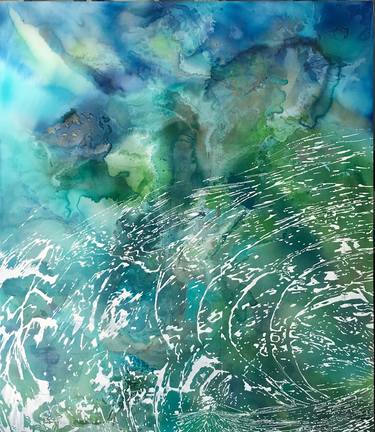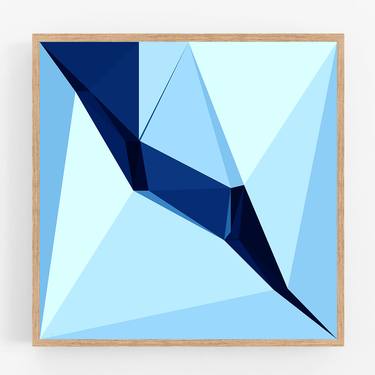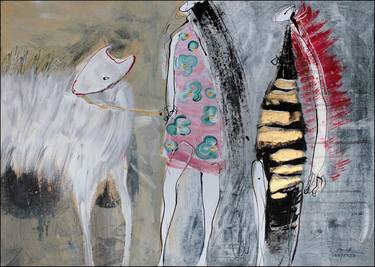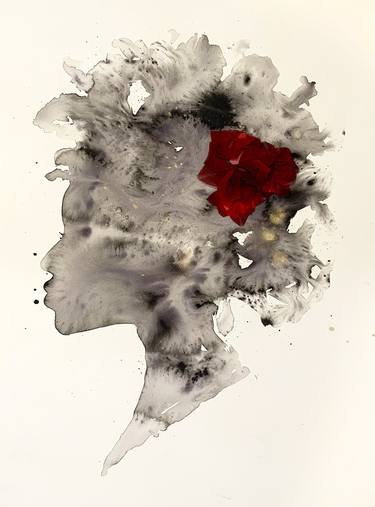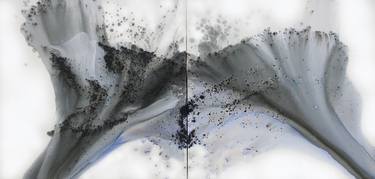Ink Paintings For Sale
Browse art and see similar matches
Try Visual Search
Category
Filter (1)
Filter
Category
Style
Subject
Medium
Material
Price
Size
Orientation
Color
Artist Country
Featured Artist
Paintings, 14.2 W x 18.9 H x 0 D in
Japan
$500
Prints from $60
Paintings, 9 W x 12 H x 0.1 D in
United States
$395
Prints from $75
Paintings, 39.4 W x 39.4 H x 1.5 D in
Germany
$3,100
Prints from $62
Paintings, 39.4 W x 19.7 H x 1.6 D in
France
$3,110
Prints from $100
Paintings, 39.4 W x 31.5 H x 1 D in
Netherlands
$1,520
Prints from $40
Paintings, 8.3 W x 11.4 H x 0 D in
France
$165
Prints from $40
Paintings, 47.2 W x 63 H x 1.6 D in
France
$7,850
Prints from $100
Paintings, 38.2 W x 63.8 H x 1.2 D in
Germany
$5,850
Paintings, 31.5 W x 47.2 H x 1.6 D in
France
$4,160
Prints from $100
Paintings, 74.8 W x 74.8 H x 2.4 D in
Mexico
$8,410
Prints from $90
Paintings, 39.4 W x 110.2 H x 0 D in
France
$6,450
Paintings, 39.4 W x 39.4 H x 0.8 D in
Slovakia
$2,250
Paintings, 8.3 W x 11.4 H x 0 D in
France
$150
Prints from $40
Paintings, 19.7 W x 27.6 H x 0.8 D in
Switzerland
$1,120
Prints from $78
Paintings, 18 W x 22 H x 0.1 D in
United States
$395
Paintings, 39.4 W x 74.8 H x 0 D in
France
$4,950
Paintings, 39.4 W x 55.1 H x 1.6 D in
France
$5,500
Prints from $100
Paintings, 35 W x 47.2 H x 2 D in
Israel
$3,400
Prints from $100
after Rothko- seascape coral/ WALL ART
Paintings, 35.4 W x 35.4 H x 0.8 D in
Slovakia
$3,410
Paintings, 39.8 W x 29.8 H x 1.5 D in
United States
$3,810
Prints from $100
Paintings, 39.4 W x 47.2 H x 1 D in
France
$2,600
Paintings, 55.1 W x 27.6 H x 1.6 D in
France
$5,900
Blue Bay | Seven Mile Limited Edition of 25 [ Small ]
Paintings, 15.7 W x 11.8 H x 0 D in
United Kingdom
$230
Paintings, 5 W x 5 H x 0.8 D in
United States
$235
Paintings, 11.8 W x 8.3 H x 0.2 D in
France
$980
Paintings, 8 W x 8 H x 0.8 D in
United States
$900
Paintings, 15.9 W x 18.9 H x 0 D in
Ireland
$510
Prints from $100
Paintings, 59.1 W x 70.9 H x 1.6 D in
Chile
$4,450
Prints from $100
Paintings, 51.2 W x 51.2 H x 0.8 D in
Poland
$4,100
Paintings, 39.4 W x 39.4 H x 0.8 D in
Slovakia
$2,250
Paintings, 24.4 W x 31.9 H x 2.8 D in
Canada
$2,810
Paintings, 8 W x 10 H x 1.5 D in
United States
$665
There is no place like home No.2
Paintings, 28.7 W x 36.2 H x 0.6 D in
Germany
$2,610
Prints from $70
Paintings, 78.7 W x 39.4 H x 1.6 D in
France
$7,450
Paintings, 47.2 W x 47.2 H x 1.6 D in
France
$5,450
Prints from $100
Paintings, 20 W x 16 H x 1 D in
United States
$1,450
Prints from $40
Paintings, 55.1 W x 55.1 H x 1.6 D in
France
$7,850
ABSOLUTELY ORDER AND NORMALITY I
Paintings, 37.4 W x 16.5 H x 0 D in
United Kingdom
$450
Paintings, 19.7 W x 70.9 H x 1.6 D in
New Zealand
$12,500
Paintings, 22.4 W x 29.9 H x 0 D in
France
$2,510
Paintings, 27.6 W x 19.7 H x 0.1 D in
Czech Republic
$1,399
Prints from $40
Paintings, 27.6 W x 39.4 H x 0 D in
$580
Paintings, 20.1 W x 28 H x 0 D in
United Kingdom
$1,680
Paintings, 9 W x 12 H x 0.1 D in
United States
$135
Prints from $40
Paintings, 16 W x 20 H x 1 D in
United States
$1,450
Prints from $40
Paintings, 110.2 W x 55.1 H x 1.6 D in
France
$15,250
Encore et encore - Colourful expressive abstract painting - Ready to hang
Paintings, 24 W x 24 H x 1.5 D in
Canada
$770
Prints from $50
Untitled (painting study #06-122020)
Paintings, 21.6 W x 26.4 H x 0.1 D in
Portugal
$1,140
Paintings, 43.3 W x 43.3 H x 0.8 D in
United Kingdom
$1,800
Paintings, 35.4 W x 35.4 H x 0.8 D in
Slovakia
$3,410










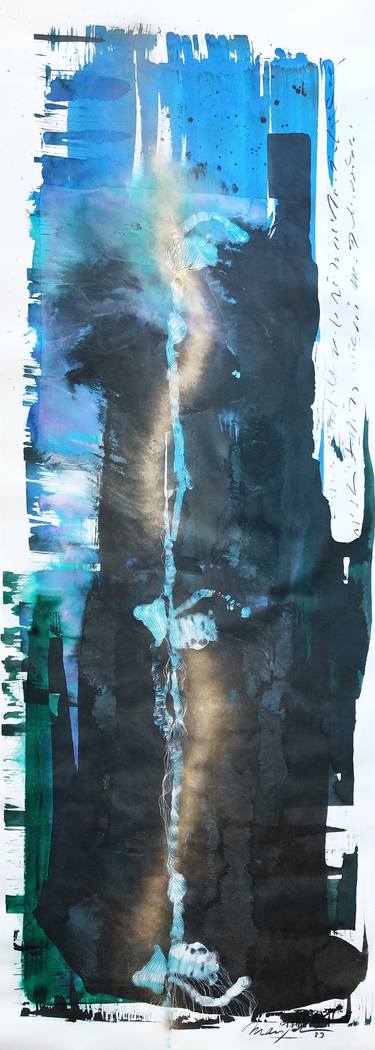




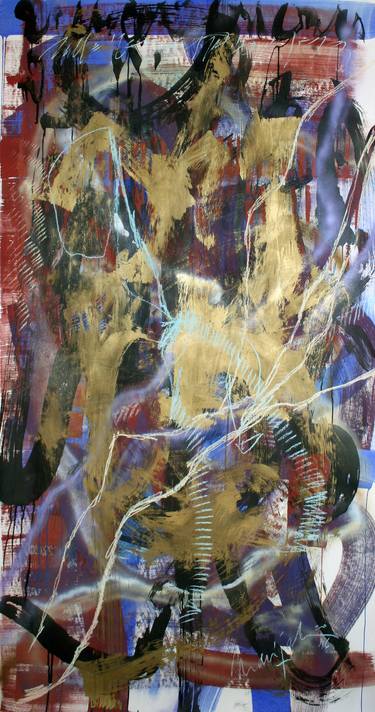

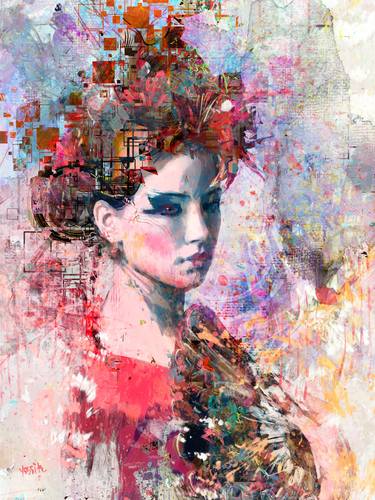




![Blue Bay | Seven Mile Limited Edition of 25 [ Small ] thumb](https://images.saatchiart.com/saatchi/693863/art/7727139/6795262-HSC00002-6.jpg)




